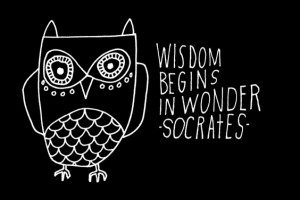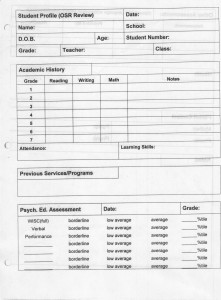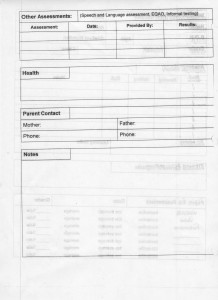Amazing work that encapsulates the heart and art of teaching and learning is happening all around the province every day. Many of us can remember that one amazing teacher who had a positive impact on our life. Recently, I decided to look up that one teacher that really had a positive impact on me and wrote her an e-mail telling her how amazing she is. I realize how impactful she was on my current practice and how I try to emulate her caring nature every day in my classroom.
Hello Ms. S,
My name is Tammy Axt (used to be Gallant) and over 20 years ago I had the pleasure of being one of your students.
Today, I spent the day at a workshop where the following question was asked: “Which teacher had the biggest impact on your life?” That answer was a simple one: it was you, Ms. S.
I joined the cross country running team, which you coached, during my time in high school. I was not interested in joining, but my friends talked me into it. I was definitely not the fastest runner that you ever coached, but because of your perfect blend of high expectations and caring nature, I felt great after every practice. You gave up your time after school to run with us around the neighborhood and taught us the mantra “Kill the Hill” when running up the never-ending hill close to the site where the school used to be. You taught me that hard work pays off and to never give up on difficult tasks. I really believed that you cared about us, our futures and our well-being. I have carried so many lessons learned from that time over the past twenty years.
You also supported me through the opportunity of teaching a dance unit to younger high school students when I was in the upper grades. Talk about a confidence builder. You really took the time to help me prepare and execute a successful dance class during your gym period. You valued my abilities and recognized my strengths that I didn’t even knew I had. Taking on that leadership role was huge for me, and it started to shape my ability to explain things to other people.
As you might have guessed, I am now in the best profession in the world as well. I am a teacher with the Peel District School Board. I teach music, drama and dance to students in grades 1 to 5 and I love it. I try every day to do what you did for me, for my students.
You also might be interested to know that I lead learn to run clinics in my community, where we also have a huge hill. The mantra “Kill the Hill” continues on. I try to look at all of the runners the same way you looked at me: with confidence and belief in their abilities.
I hope this letter finds you well and if you have a moment I would love to hear how you are doing.
Thank you for doing all that you do every day to help kids reach their potential.
Tammy


![By Agriculture And Stock Department, Publicity Branch [Public domain], via Wikimedia Commons](https://heartandart.ca/wp-content/uploads/2016/10/Queensland_State_Archives_1640_Kelvin_Grove_State_School_Teacher_and_Class_April_1951-300x180.png)


